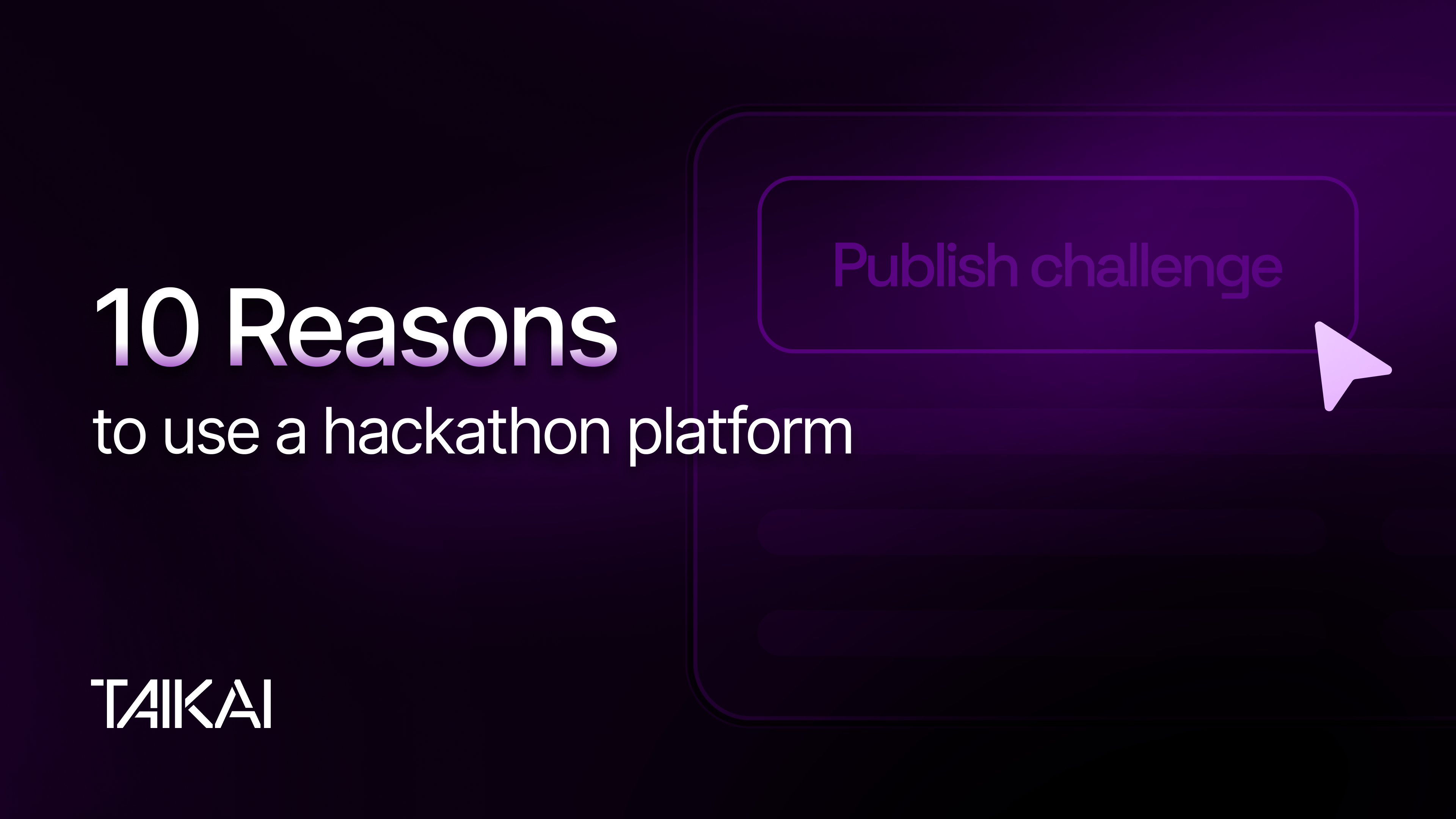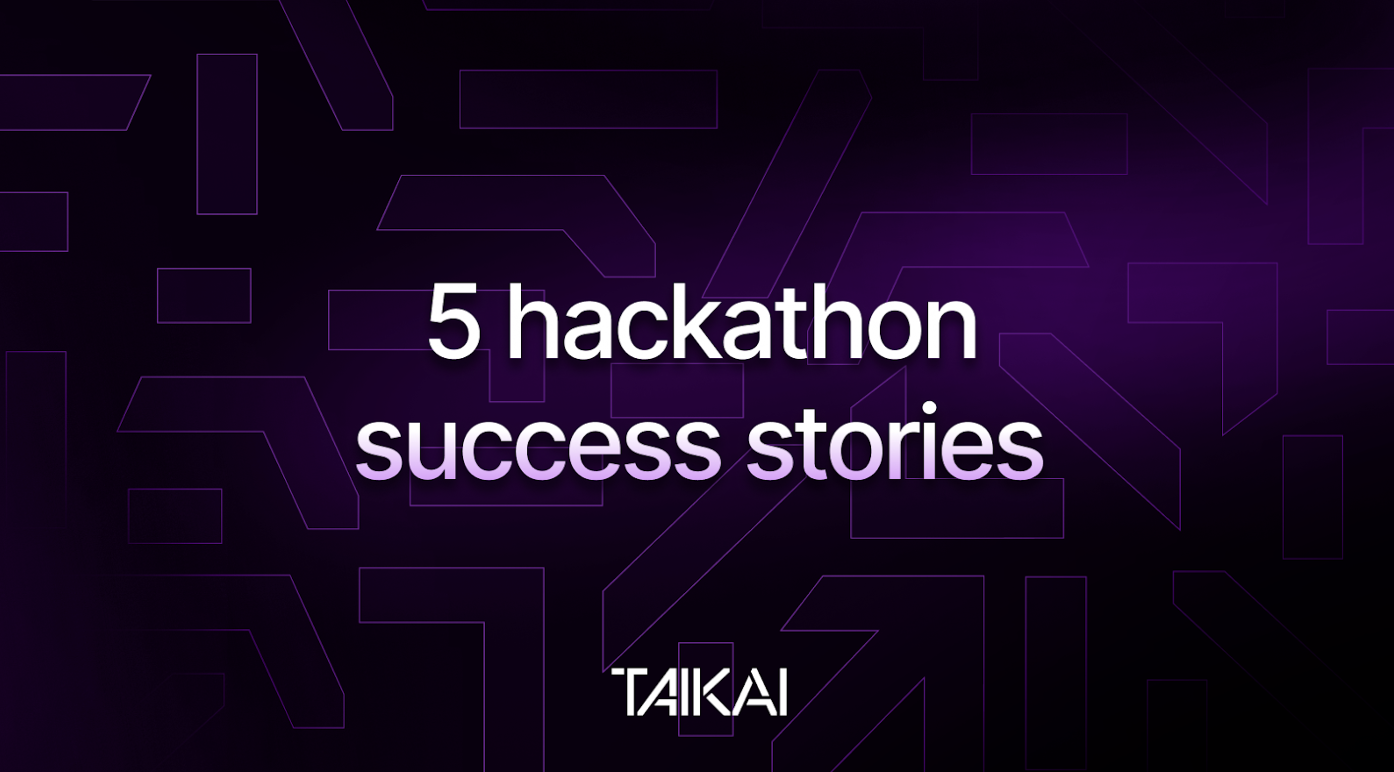- Hackathons
- Feed
- Builders
- Organizations
- Learn
How to measure your hackathon's success through an NPS survey
Subscribe to our newsletter
Stay up-to-date with the developer economy and everything related to the ecosystem!
Copyright © 2025 All rights reserved. Powered by LayerX

.png)
